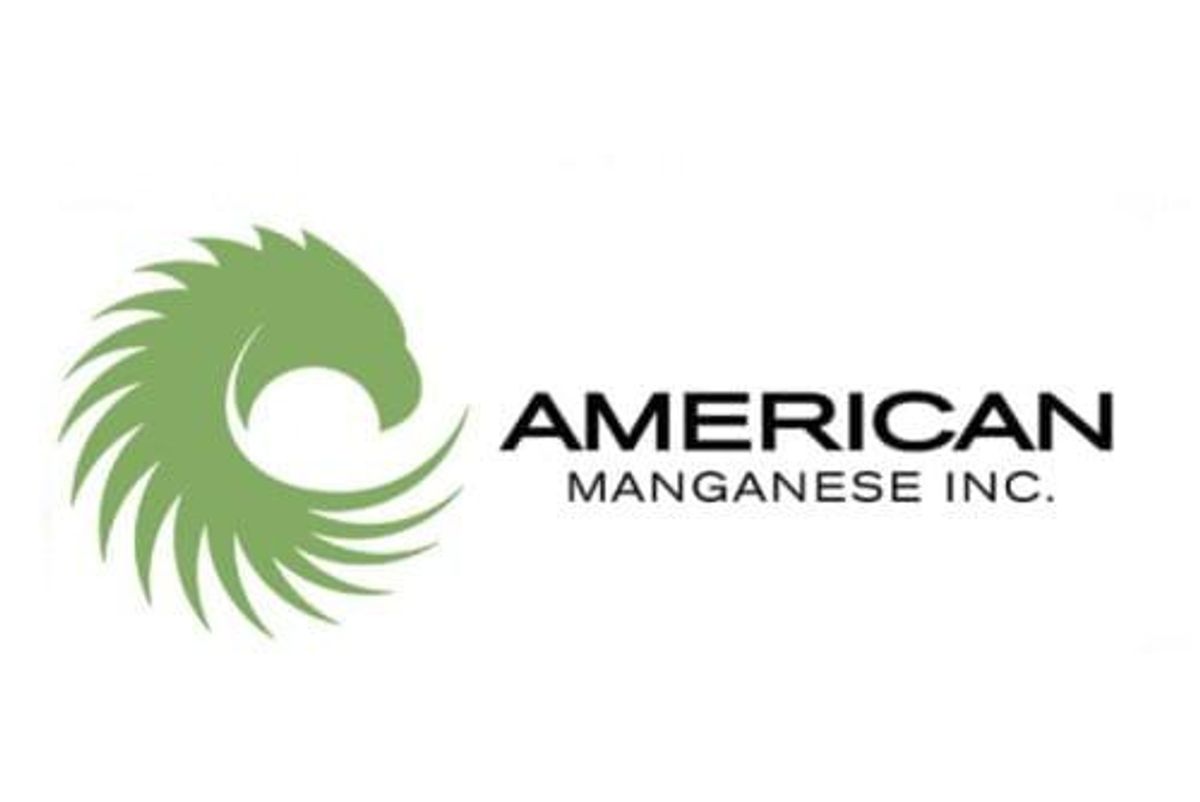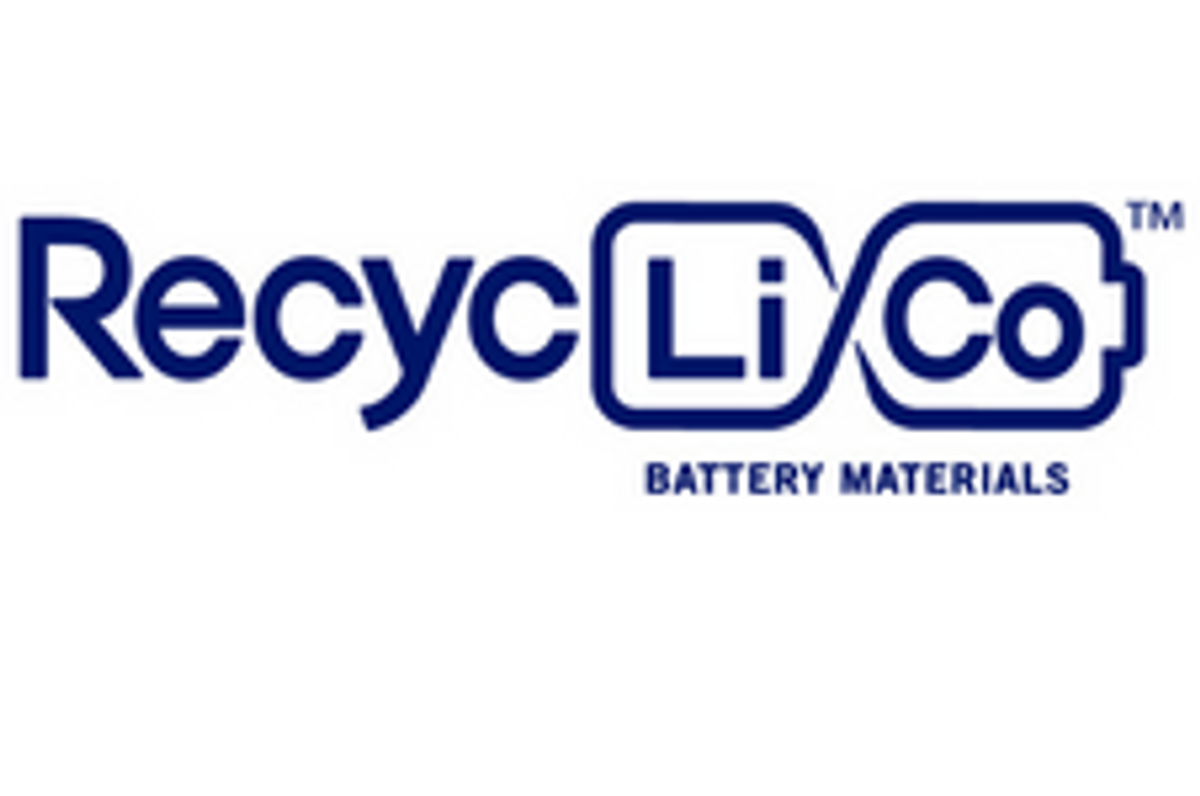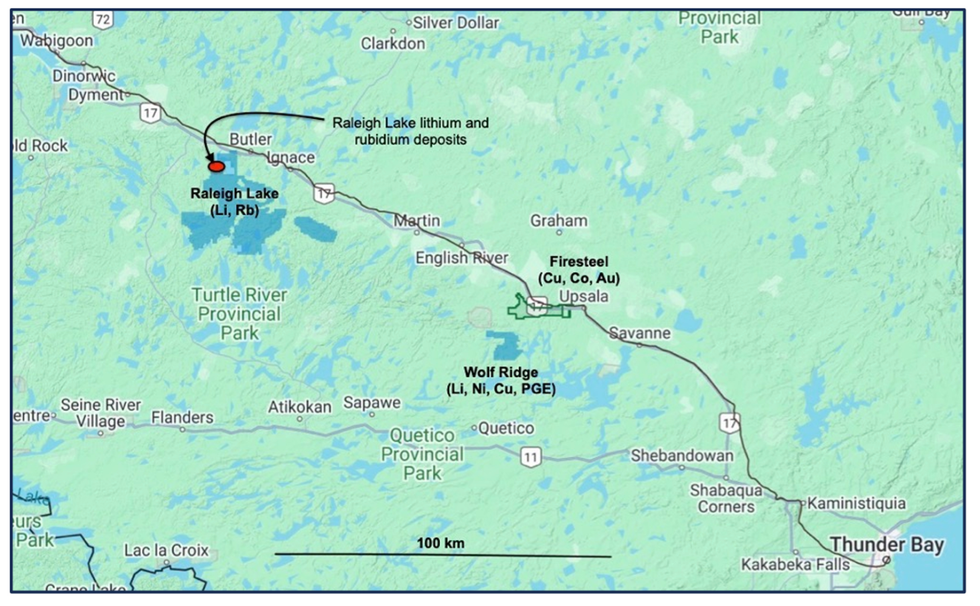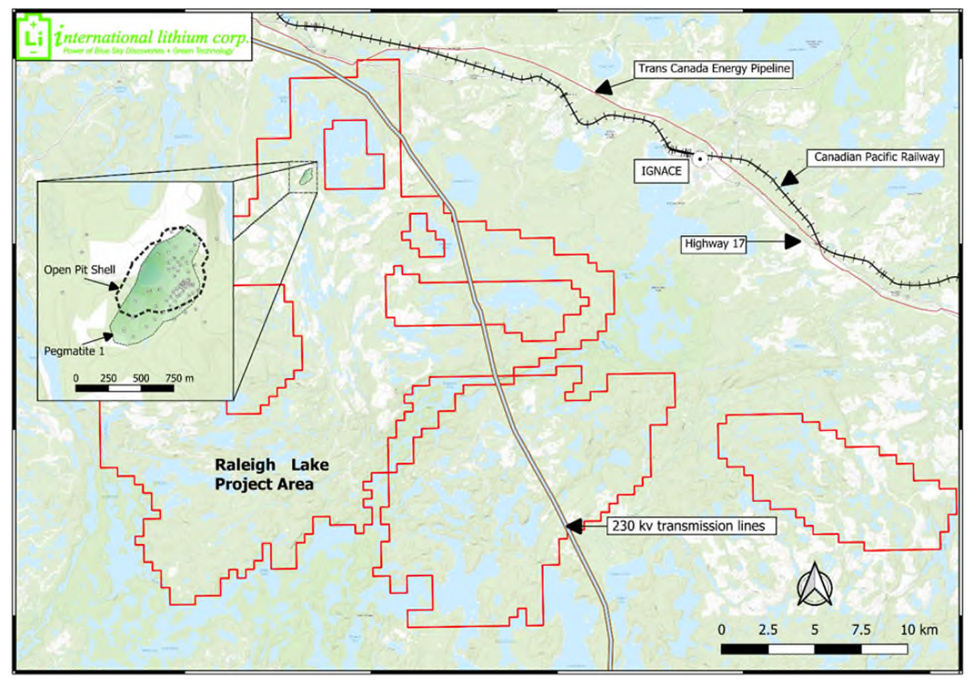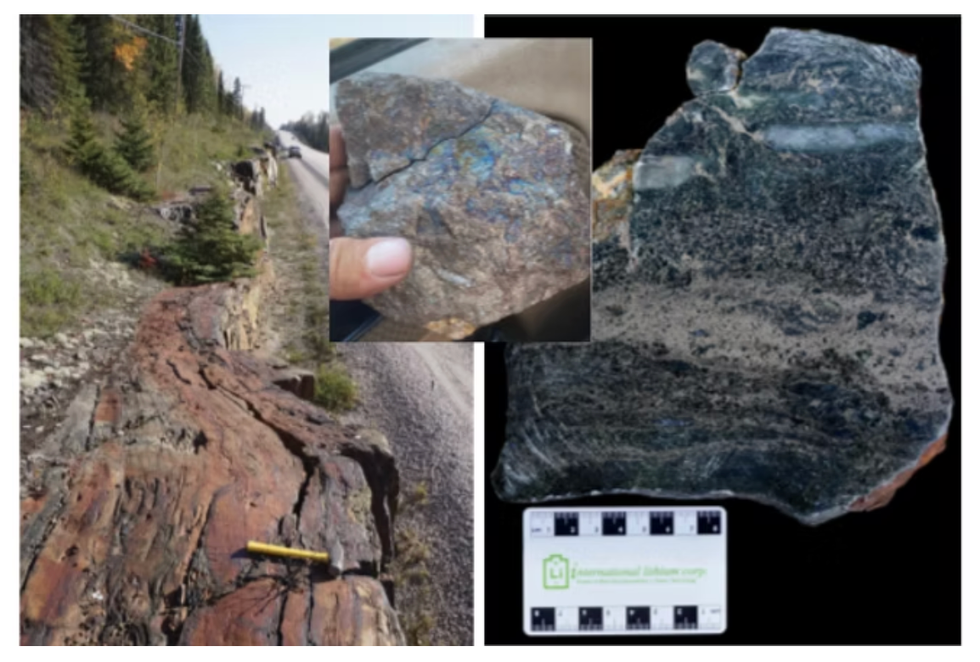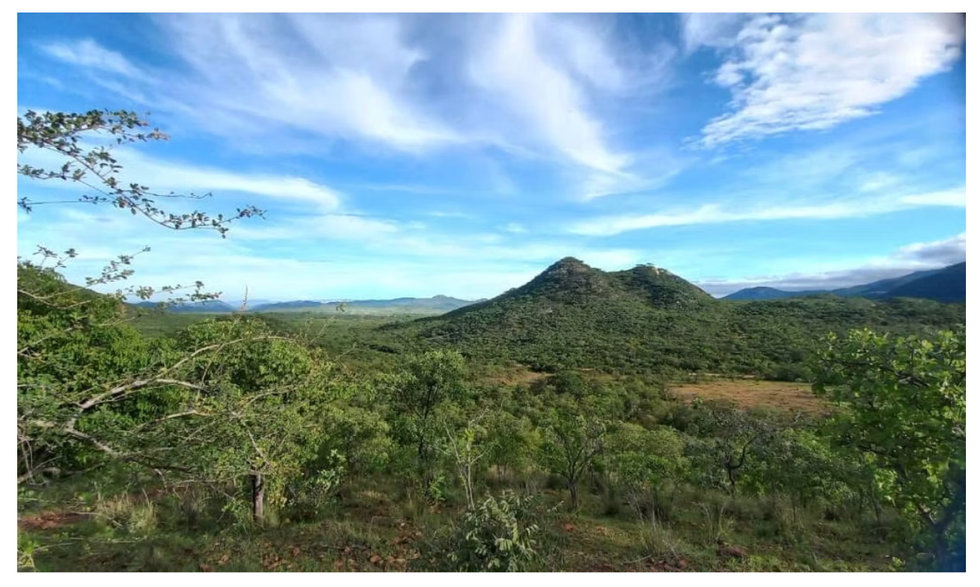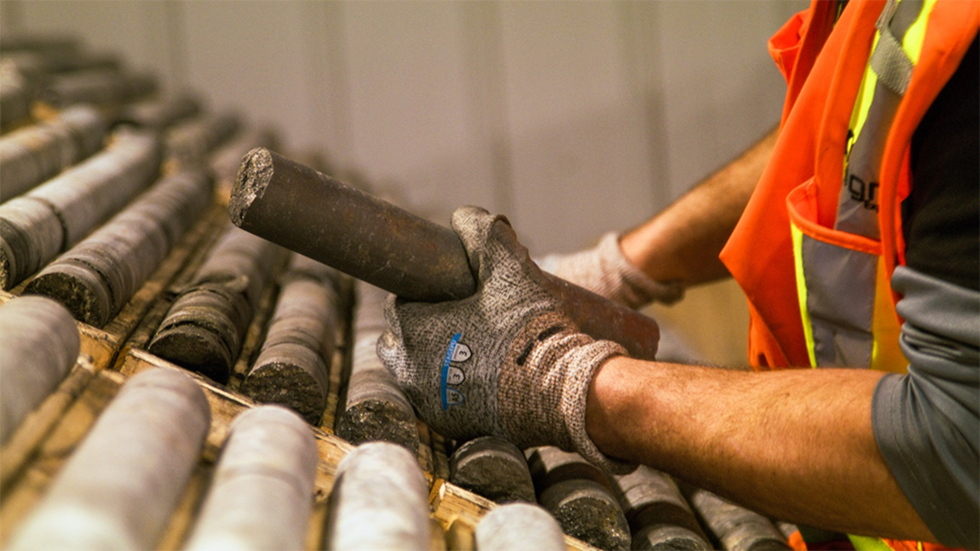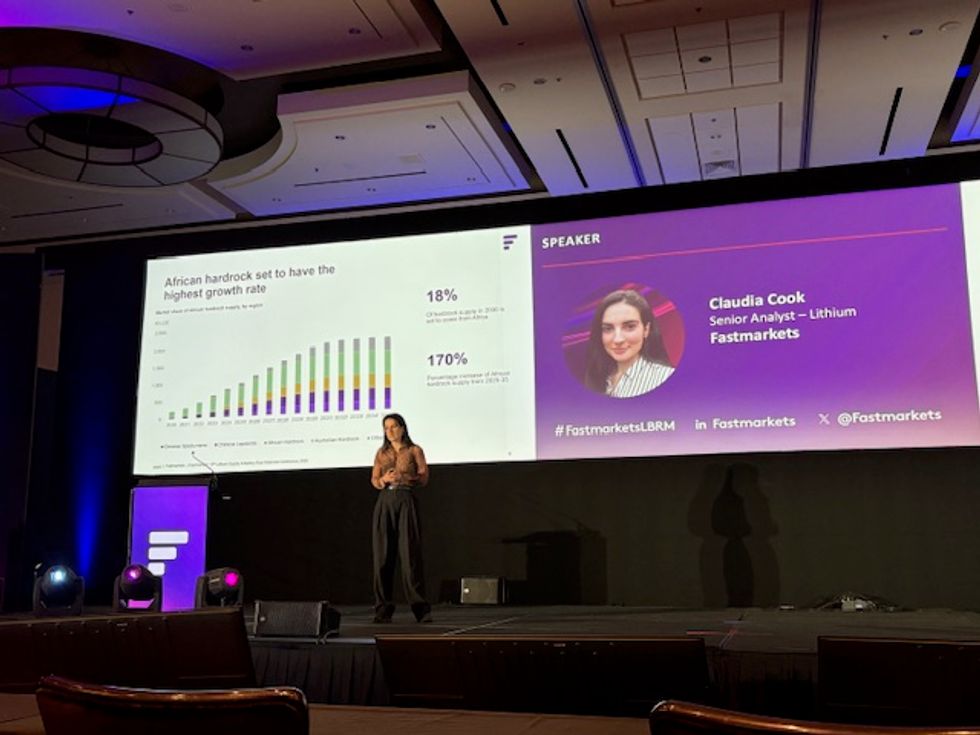The top stocks below weren't the only ASX companies making news this week. Gold company Meeka Metals (ASX:MEK) joined the spotlight by announcing its first gold pour at the Murchison gold project in Western Australia, which was achieved within 12 months of breaking ground.
Additionally, Cobalt Blue Holdings' (ASX:COB) Broken Hill cobalt project was awarded a three-year extension to its major project status initially granted in March 2022.
Mining giant Rio Tinto (ASX:RIO,NYSE:RIO,LSE:RIO) is moving to the next stage of mine development at its Brockman Syncline 1 iron ore project in Pilbara, Western Australia. The company has already committed a US$1.8 billion investment to extend the life of the Brockman hub, with first ore expected in 2027.
Market and commodity price round-up
The S&P/ASX 200 index opened at 8,514.20 on Monday (June 30) and closed at 8,600.70 on Thursday (July 3), reflecting a 1 percent gain over the period.
As for precious metals, gold climbed by 1.93 percent in US dollars, starting the week at US$3,274.11 per ounce and closing at US$3,337.32 by July 4. In Australian dollars, gold increased 1.58 percent from AU$5,013.87 to AU$5,093.25.
Silver jumped 2.61 percent in US dollars this week, opening at US$36.00 on Monday and closing the week at US$36.94. The metal also climbed in Australian dollars, up 2.25 percent from AU$55.13 to AU$56.37 within the same period.
Top ASX mining stocks this week
How did ASX mining stocks perform against this backdrop?
Take a look at this week’s five best-performing Australian mining stocks below as we break down their operations and why these mining stocks are up this week.
Stock data for this article was retrieved at 4 p.m. AEST on July 3 using TradingView's stock screener. Only companies trading on the ASX with market capitalizations greater than AU$10 million are included. Mineral companies within the non-energy minerals, energy minerals, process industry and producer manufacturing sectors were considered.
Weekly gain: 88.89 percent
Market cap: AU$27.66 million
Share price: AU$0.034
Argosy Minerals is a Perth-based lithium producer established in 2010. The company’s flagship asset is the Rincon lithium brine project in Argentina’s Salta Province, in which it currently holds a 77.5 percent interest with plans to increase its interest in Rincon to 90 percent through its earn-in agreement.
Rincon sits within the world-renowned Lithium Triangle, spanning 2,794 hectares. It entered production of battery-grade lithium carbonate in 2024 at its 2,000 tonne per year demonstration facility, but has since suspended operations due to the low lithium price environment.
The company continues to advance feasibility for its 12,000 tonne per year expansion so it is construction ready.
On June 27, the company announced a lithium carbonate spot sales contract with a Hong Kong-based chemical company for 60 tonnes of 99.5 percent lithium carbonate.
Shares of Argosy surged 94.74 percent on Thursday (July 3), closing at AU$0.037 after opening at AU$0.019.
In a July 3 letter, the company attributed its sharp share price surge to the announcement of the spot sales contract, which “led to increased interest and enquiries from battery industry participants.” The company noted that recent site visits may have also contributed to greater market attention.
Argosy also pointed to a broader uplift in sentiment across both US- and ASX-listed lithium stocks around the time of its announcement, saying that there is potentially a more optimistic outlook for the sector.
Weekly gain: 66.67 percent
Market cap: AU$13.66 million
Share price: AU$0.005
Freehill Mining is a Melbourne-based exploration company focused on developing iron ore, copper and gold assets in Chile, as well as producing materials to the construction sector as a revenue stream.
Its flagship project is the Yerbas Buenas magnetite deposit, located near La Serena in Northern Chile. The company also holds the Arenas and El Dorado concessions, which together span over 2,000 hectares.
El Dorado is a copper-gold project situated within the El Tofo fault and the Yerbas Buenas concession block. Freehill confirmed in a May 14 report that it has already contracted a local geologist to undertake further exploration at the project, with exploration scheduled to commence in late May.
In April, Freehill shared a major expansion in Chile, signing a long-term lease on a second site near La Serena to bolster its current construction materials supply from its plant at Yerbas Buenas. The new facility is expected to reduce transport costs by approximately 40 percent and increase margins by serving smaller contractors.
According to its recent report, the March 2025 quarter recorded AU$636,000 in sales, down from AU$954,000 in the previous quarter due to seasonal factors.
Over the last week, several company insiders and shareholders made significant investments in the firm.
On June 27, the company published three changes of directors’ interests. Chairman Benjamin Jarvis acquired more than 66 million shares with a combined consideration of AU$200,701 through a combination of direct and indirect ordinary shares and options, including a single purchase of 52 million indirect ordinary shares. Directors Peter Williams and Paul Davies both acquired 1.56 million indirect ordinary shares.
Days later, on June 30, the company’s largest shareholder Gavin Ross increased his position in Freehill from 7.65 percent to 8.43 percent by acquiring 85.5 million shares for a total investment AU$331,400.
Weekly gain: 59.26 percent
Market cap: AU$98.26 million
Share price: AU$0.043
Peak Minerals is an exploration company focused on discovering and developing mineral resources in Cameroon and Australia.
Its flagship project is its Minta rutile project in Central Cameroon. The mineral rutile is a common form of natural titanium dioxide with end uses including optical elements, welding and titanium metal. It also holds the Kitongo and Lolo uranium projects in the country.
On Tuesday (July 1), the company shared assays from 156 holes drilled across the Minta, Minta East and Afanloum areas that all included heavy mineral mineralisation and rutile, causing a large increase of the zone of heavy mineral mineralisation at the project. Results include highlighted alluvial intercepts such as 3.85 meters at an average grade of 18.4 percent heavy minerals and 4.75 meters at 14.2 percent, both from Afanloum.
A maiden mineral resource is in the works for Minta.
Weekly gain: 52.38 percent
Market cap: AU$20.74 million
Share price: AU$0.16
Black Canyon is focused on the exploration and development of manganese. It holds a significant amount of land in the Pilbara region of Western Australia, where its flagship Balfour Manganese Field is located.
According to Black Canyon, Balfour hosts the largest contained manganese deposit in Western Australia and the second largest in Australia. It has a global mineral resource estimate of 314 million tonnes at 10.5 percent manganese, including a higher-grade component of 99 million tonnes at 12.9 percent manganese, across three prospects.
Hydrometallurgical testwork on manganese oxide from Balfour resulted in over 99 percent pure high purity manganese sulphate monohydrate, meaning the product is suitable for batteries.
On June 30, the company announced that its drill program at its Wandanya manganese-iron project, located in Eastern Pilbara, confirmed that large manganese and iron mineralised systems were present at the site. Assays from the drilling are expected over the next two months.
A day after the news, Black Canyon’s shares closed at AU$0.135, marking a 12.5 percent gain for the day.
Weekly gain: 50 percent
Market cap: AU$63.21 million
Share price: AU$0.018
Ionic Rare Earths is a Melbourne-based producer and recycler of magnet and heavy rare earth elements, with operations in Uganda, UK, Brazil and the US.
Its flagship asset is the Makuutu rare earths project in Uganda, which is recorded as one of the world’s largest ionic adsorption clay deposits.
Makuutu holds a JORC resource of 532 million tonnes at 640 parts per million total rare earth oxide. It contains neodymium, praseodymium, dysprosium and terbium, minerals that are critical for electric vehicles and defense technologies.
Recent developments for Ionic Rare Earths include its 50 percent owned Viridion joint venture being accepted to receive Brazilian government funding towards developing a pilot rare earth refinery, demonstration magnet recycling plants, metallurgical testing and more. The company announced the funding on June 13.
Five days later, the company announced that Viridion is considering expanding its footprint to include a potential US-based rare earth refinery after the success in Brazil.
“IonicRE’s international expansion strategy now encompasses the UK/Europe, Asia, South and North America, as we work with our global partners to build an ex-China rare earths supply chain,” Managing Director Tim Harrison said.
Don’t forget to follow us @INN_Australia for real-time news updates!
Securities Disclosure: I, Gabrielle de la Cruz, hold no direct investment interest in any company mentioned in this article.
